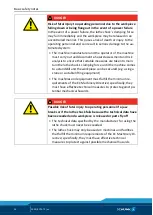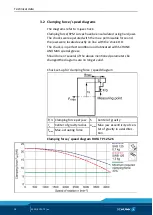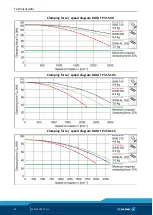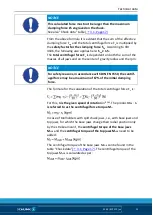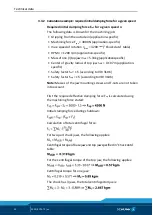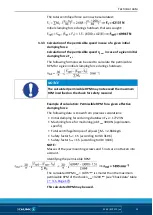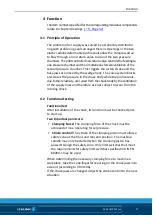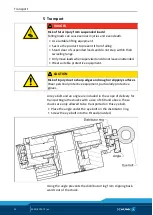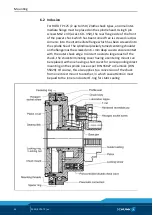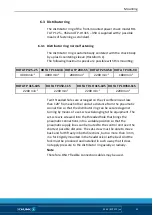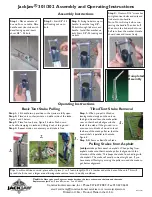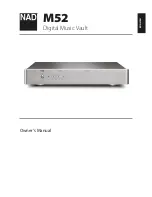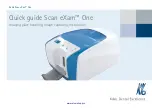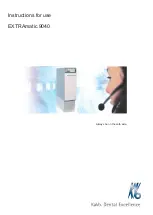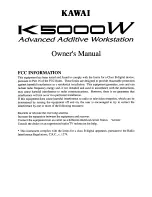
Function
02.00|ROTA TP |en
27
Function
The item numbers specified for the corresponding individual components
relate to chapter drawings.
Principle of Operation
The problem of air supply was solved by a stationary distributor
ring with profile ring seals arranged therein. Openings in the two
elastic radially deformable profile seals allow the compressed air
to flow through a non-return valve to one of the two pressure
chambers. The pilot controlled non-return valve controls the feeding to
one pressure chamber and the simultaneous forced ventilation of the
second pressure chamber. This triggers the piston stroke and the
base jaws are moved by the wedge hook. The valve system blocks
and stores the pressure in the chuck body while the profile seals,
due to their elasticity, are raised from the chuck body by the ventilation
of the supply lines and therefore are not subject to wear from the
rotating chuck.
Functional testing
Functional test
After installation of the chuck, its function must be checked prior
to start-up.
Two important points are:
•
Clamping Force!
The clamping force of the chuck must be
achieved at max. operating force/pressure.
•
Stroke control!
The stroke of the clamping piston must allow a
safety zone at the front and rear end position. The machine
spindle may only be started when the clamping piston has
passed through the safety zone. Only limit switches that meet
the requirements for safety limit switches specified in DIN EN
60204-1 may be used.
When determining the necessary clamping force to machine a
workpiece, take the centrifugal force acting on the chuck jaws into
account (according to VDI 3106).
If the chuck jaws are changed, adjust the stroke control to the new
situation.
4
4.1
4.2


